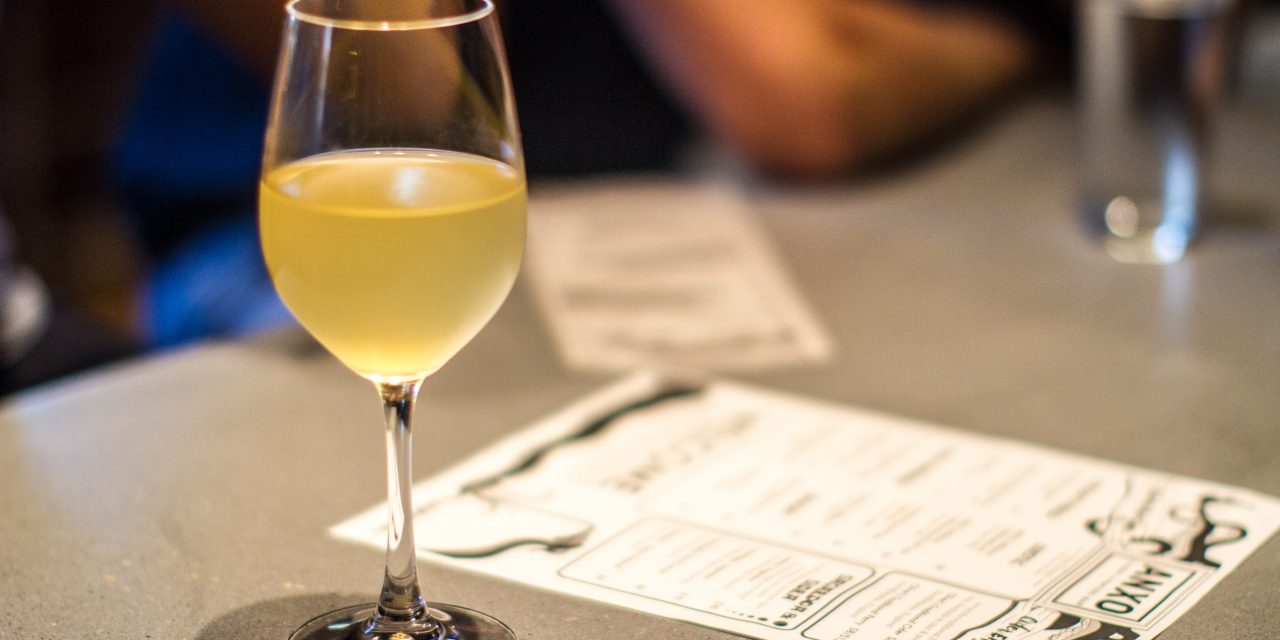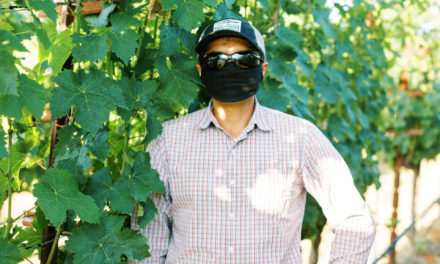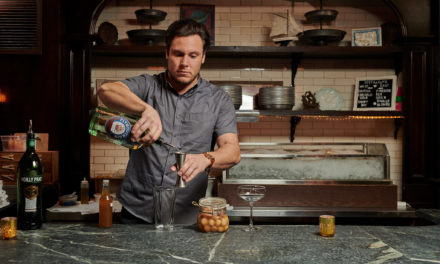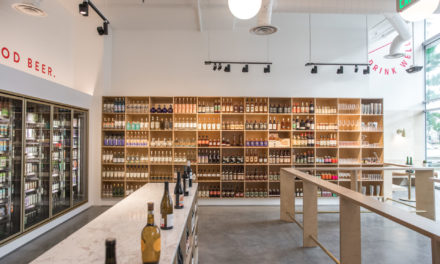
Inside Cider Columnist
Ellen Cavalli
As the cider market has grown, so too has the job of on-premise beverage directors. Charged with curating compelling wine, beer, and spirits programs, they now also have to satisfy the public’s increasing thirst for cider with an equally thoughtful approach. For guidance, I asked two nationally acclaimed beverage directors. A certified cicerone, Tim Prendergast is the beverage director of ANXO Cidery & Pintxos Bar in Washington, D.C. Sommelier Dan Pucci is the manager and cider director of Wassail, a cider bar and restaurant in New York City.
Is it important to have dedicated cider menu at bars and restaurants?
Tim: I think it’s important to have cider at bars and restaurants. I don’t know that it’s necessary to have a dedicated list, but it’s certainly nice. The premise that nice restaurants should, or need to, have a separate cider list reminds me of the chorus of voices in craft beer about five years ago—there were those in the beer scene pointing out that many restaurants that put the utmost care in to wine and cocktails had terrible beer selections dominated by a few macro-lagers. The problem is that cider isn’t where craft beer was five years ago.
The general populace and even the adventurous “early adopter” crowd are still learning what cider even is. We’re not at the point where consumers in meaningful numbers are educated about cider and demanding thoughtful lists at high-end restaurants and bars. I think what’s most important right now is that cider is on a beverage list, and that it’s interesting, real (non-concentrate, non-adjunct) cider. Of course, it does a greater service to cider and consumer education if cider has its own section on a menu, because it helps consumers understand that cider isn’t beer—if I had a nickel for every time a customer asked what “cider beers” we have on tap…—that it’s something unique to itself.
Dan: I think if the category hopes to grow, there needs to be a better understanding that it is, in fact, a category and not a single, interchangeable item. While many programs will be fine with a limited selection of ciders, without a range of product, people won’t feel encouraged to engage in it. Simply, without investment, there’s no reason to expect growth—and growth and opportunity should be reason enough for on-premise locations to invest in a cider rogram. I was told by a trusted colleague that his guests always buy in the 60th percentile, so investing in a few bottles of pricey cider will help drive the sales of the mid-priced items and get customers drinking at a higher price point.
How can a beverage director, who may be unfamiliar with the full range of ciders, add it to their menu with confidence?
Tim: Tim: Like any other beverage, you need to taste a variety of products and develop a point of view. There are so many different regions, styles, and price points that one needs to taste a lot to get a good lay of the land. I’d strongly recommend trying multiple ciders with no ingredients other than apples before venturing into hopped or flavored ciders. This will help develop an appreciation of more subtle flavors that are present in carefully made ciders with no adjuncts.
Flavored and adjunct ciders tend to have more intensity to them; the flavors are just less subtle. If you start out drinking these, you’re likely going to think more traditional ciders are “boring,” because they tend to show flavors that are more subtle, despite the ciders being more complex as a whole.
The number of ciders [you add to your list] really depends on location. There’s no one-size-fits-all approach. Take in to account the size of the beverage program, the type of establishment, and the type of clientele catered to. Keep in mind it’s possible to have a very large cider list that’s full of junk and is terrible, but it’s also possible to have a short list of three to four products that’s fantastic as long as the ciders themselves are great. It comes down to finding interesting ciders, supporting producers you believe in, and developing relationships with—and selling—a product you can stand behind to your guests.
Dan: Here in New York, our ciders are sold by a range of excellent distributors; if I’m curious about what they are, I reach out to them to taste and try. From there, I think about it the same way I think of any other beverage. I try to look for the context of the beverage, where it comes from and the process of getting into my glass. I taste it and access it for quality, personality, and where it fits into my existing program: Do I need three ciders with strawberry? I picture myself as a guest and see if my selections meet their expectations while still being challenging and engaging.
I’d say anyone who’s looking to build a cider program (rather than just include a token cider or two) should look for at least five options, with at least two single serve options—either BTG, draft, or small format.
I don’t think it is important to get caught up in styles, since cider is such a large category that it’s important to find your own voice within it. The strongest beverage programs that are ones that have a voice and a message. If you want to ride the hopped cider train and convince me they’re interesting and diverse, more power to you. I constantly bring up the vodka program at Kachka in Portland, Ore. I don’t drink vodka often but, damn, I will drink a ton of vodka at that place.
How can cidermakers help beverage directors develop their cider menus?
Tim: Make interesting cider at decent price points. Right now, the value perception of cider is low. People equate it with beer and expect to pay beer prices. Before people are willing to pay wine-like prices for a glass of cider, they need to find some quality cider that bridges that price-point gap. Eventually, people’s perception of cider will change and they’ll be willing to pay more for quality cider.
Dan: The key is transparency. For all the talk in the cider community about the range of styles and product, and how big future is, we do a poor job expressing that on labels. I can pull four great and three bad bottles of American cider that all say the same thing on the label. If cidermakers start talking and labeling with more information and context, then maybe the diversity will be more apparent. The biggest contribution cidermakers can make to the beverage sales and consumption community is to empower them with proper language and context for the product. A massive cider program is a bit unwieldy for the average consumer if the 20 ciders are all listed as dry, off-dry, or sweet. Cider is so diverse, and we need to start talking about it like it is.











